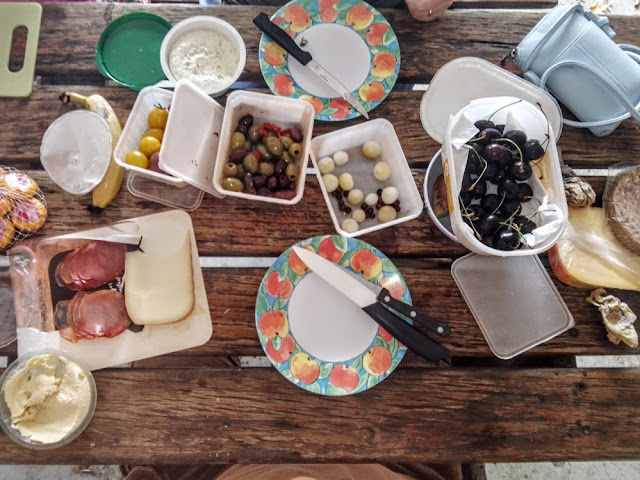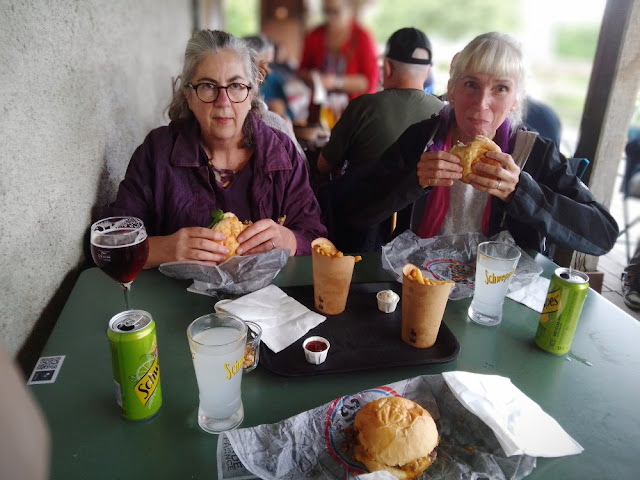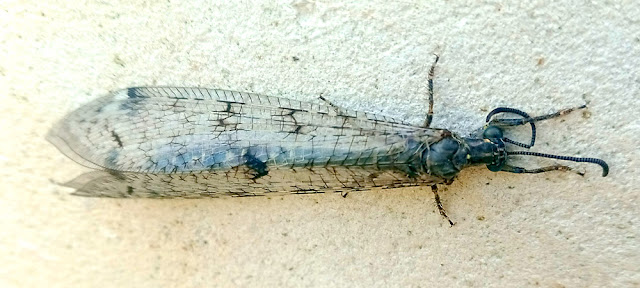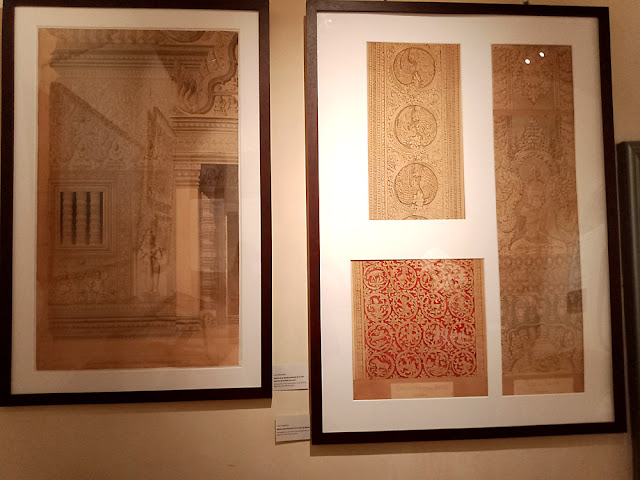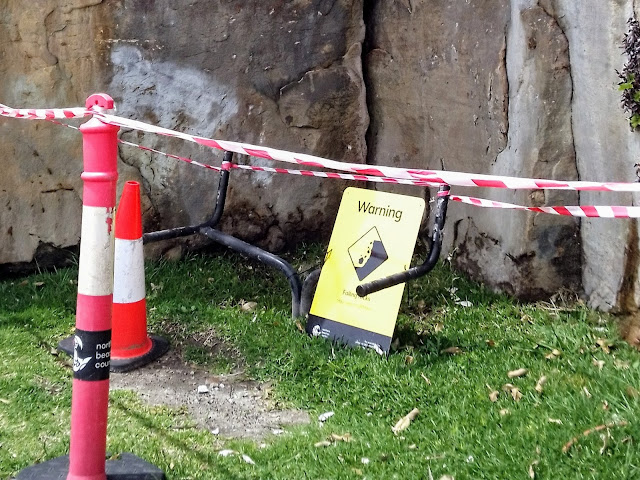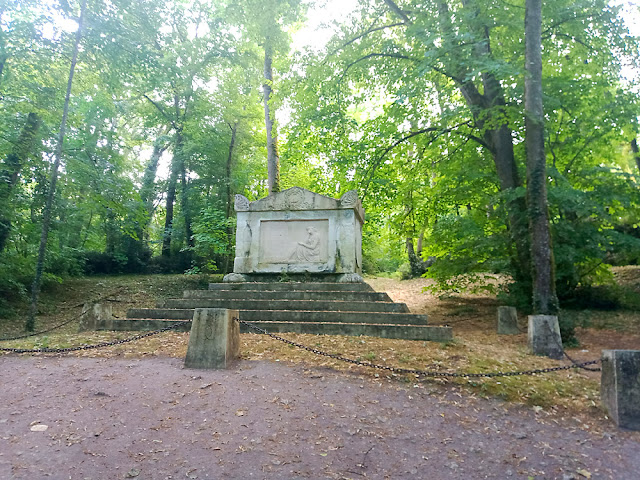Louise Marie Madeleine Guillaume de Fontaine, known as Madame Dupin after her marriage, was born in Paris in 1706 and died at the Chateau de Chenonceau in 1799.
Famous for her beauty and her lively femininity, Louise Dupin was a celebrity during the Enlightenment, and ran a glittering literary salon. She is the step-great-grandmother of the author George Sand (real name Aurore Dupin).
Approaching the Chateau de Chenonceau.
Louise Dupin was one of the pioneers of the feminist movement. She worked tenaciously for ten years on a history which brought forgotten women back into focus, aided by her secretary, Jean-Jacques Rousseau. She advocated equality, access to knowledge and marital freedom. She suggested that marriage should be a temporary or renewable contract. She attacked civil marriage as unfair, and was in favour of priests marrying.
Louise was the first of three illegitimate daughters of the banker Samuel Bernard and Marie Anne Armande Carton Dancourt, known as Manon, who was the daughter of well known actors.
A portrait of Louise Dupin by Nattier hanging in one of the salons in the Chateau de Chenonceau. I think this would have been painted to commemorate her betrothal so she is about 16 years old in this portrait.
Both sides of her family were wealthy and Protestant in origin, and her father's family were the descendents of Dutch merchants. Her mother's family came from Picardy and were Huguenot gentlefolk. Both families, who were rising rapidly in the world, could see which way the wind was blowing, and renounced their Protestantism well before the Edict of Nantes was revoked. Both her natural father and her mother's husband were happy to acknowledge Louise as their own, and she had half siblings who were the children of her mother and her mother's husband.
She and her sisters were known as The Three Graces, but Louise seems to have been the star -- the most beautiful, the most intelligent, the best liked and the least prone to getting into awkward scrapes. She was educated in a convent and was clearly an eager student. But any thoughts of an academic life would have been suppressed. She was always destined to become a wife and mother.
The tomb of Louise Dupin.
Her natural father decided to offer her in marriage to his protegé Claude Dupin, from Chateauroux. The link between the two men came about because Dupin had offered hospitality to an elderly relative of Bernard's when she became ill whilst travelling. Dupin even went to the extent of accompanying the old woman back to Paris once she was well enough to travel again, and Bernard was much impressed. Dupin was in his forties and widowed with a six year old son. Louise was sixteen.
Thanks to his father in law Dupin's career took off, and he became one of Louis XIV's super rich tax farmers, and he was granted a minor noble title. The couple had a son, and invest in a good deal of real estate, including the Hotel Lambert in Paris and the Chateau de Chenonceau, which they purchased from the Duke of Bourbon. The most important property they acquired was the Chateau de Naillac in Le Blanc, which with its land, the entire town, and fishponds, was worth four times the Chateau de Chenonceau.
The tomb of Louise Dupin.
Louise was the perfect society hostess, charming and beguiling both aristocrats and intellectuals. She welcomed many of the great names of the Enlightenment, such as Voltaire (who describes her in glowing terms), Montesquieu (with whom the Dupins eventually fell out), Buffon, and Rousseau (who embarrassed himself by declaring mad passionate but entirely unrequited love for Louise). Only the jealous hostess of a rival salon has anything bad to say about her. These salons provided an essential network for the diffusion of ideas and the progression of science, philosophy and politics.
Every year the Dupins spent the autumn at Chenonceau. Louise, being from a family of actors, was passionate about the theatre, and so she set up a small theatre in the southern end of the first floor gallery over the river. She also sponsored less fortunate women and children (including the wife of Rousseau and his abandoned children) and advocated for the education of girls. In her opinion women should have access to employment in the public service and to jobs considered exclusively for men.
Sadly her own son caused her considerable worry. He was a gambler and lost a fortune, obliging his parents to pay his debt. Finally they sent him away to a tropical island colony, where he died of Yellow Fever. His illegitimate daughter was lovingly raised by her grandmother and was one of Louise's principle heirs.
The Chateau de Chenonceau.
Claude Dupin died in 1769 and Louise received the Chateau of Chenonceau, the Chateau de Naillac le Blanc estate, and a town house in Paris as her share of the estate. Later, because of the political upheaval of the Revolution she moved permanently from Paris to Chenonceau. Like most of her friends she left Paris the day after the storming of the Bastille, but unlike many of her friends she chose to stay in France. Tucked away in the Touraine countryside she dedicated herself to raising the children, legitimate and illegitimate, of relatives who had been executed. She also ensured that the Chateau was not looted or seized as State property.
In the last year of her life she sponsored a promising young local medical student called Pierre Bretonneau. He went on to become a household name in France, and one of the hospitals in Tours is named after him.
She died at Chenonceau at the age of 93. Her instructions as to what was to happen on the occasion of her death are very clear. She was not to be buried immediately, probably out of fear of being buried alive. She had chosen a place in the woods in the grounds of the Chateau on the southern side of the river Cher, and specified that her coffin was to be of simple pine. She felt that she could 'rest pleasantly here'.











